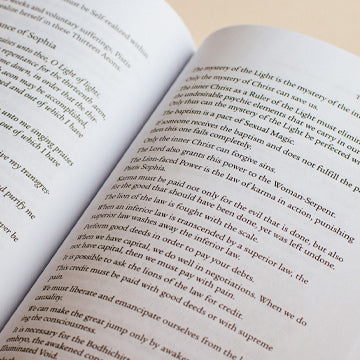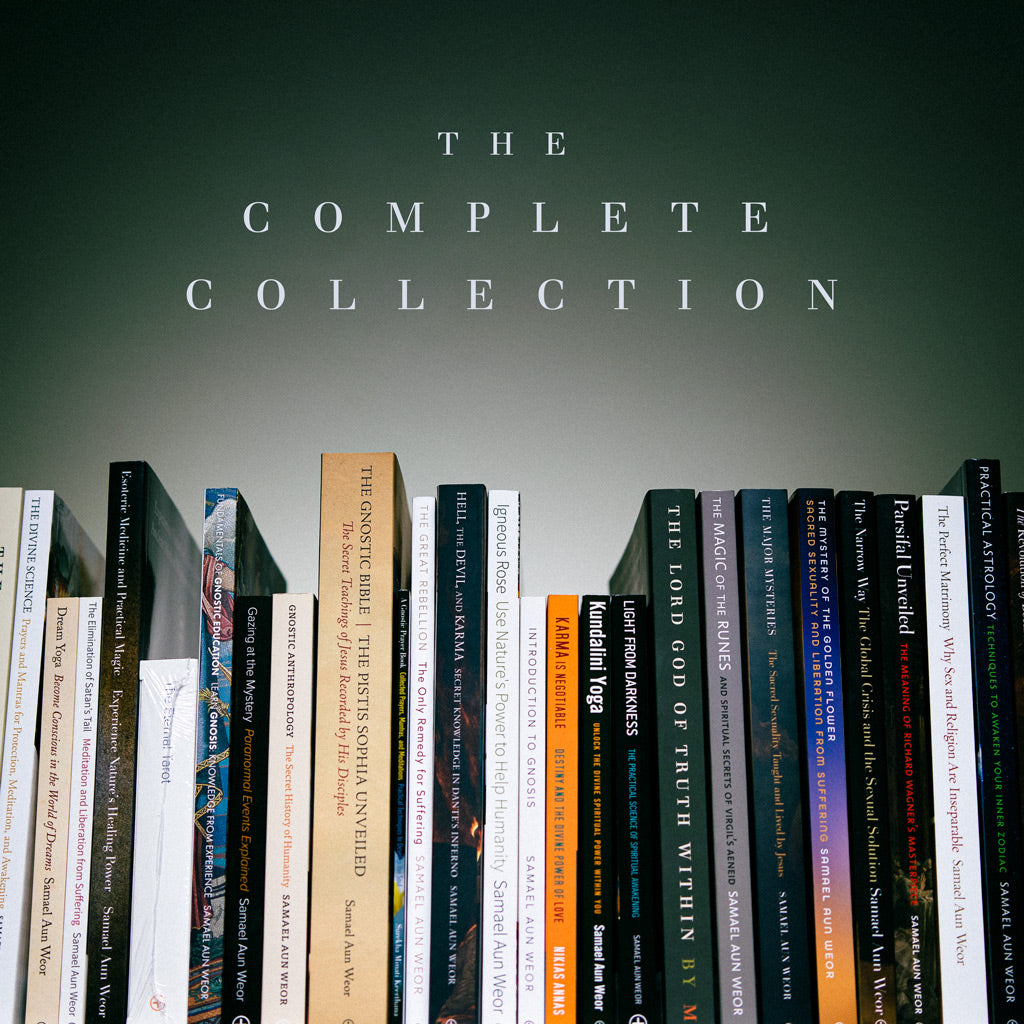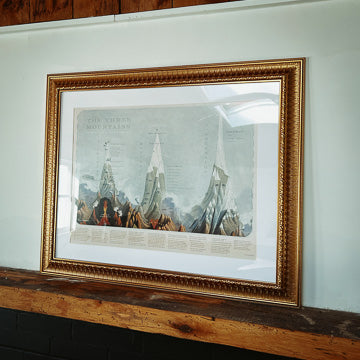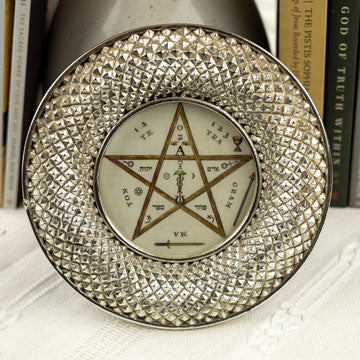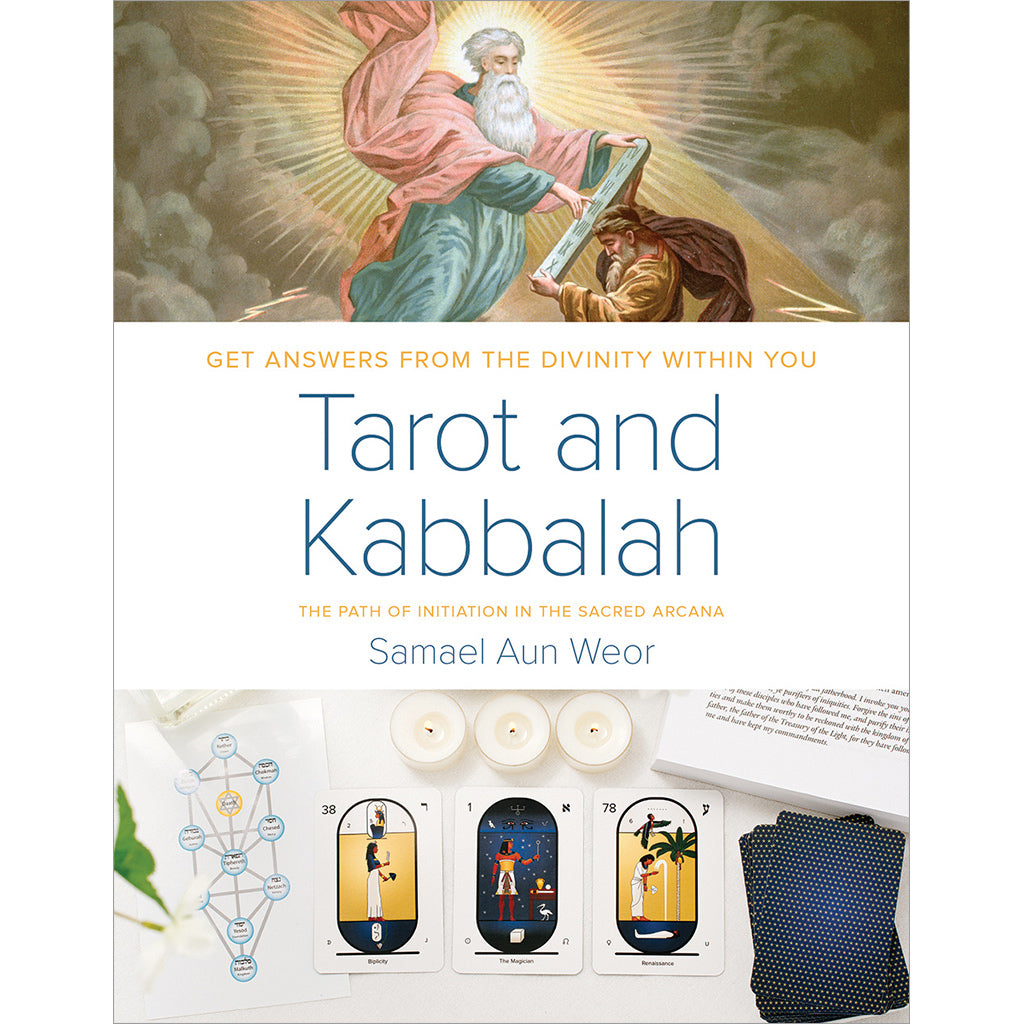
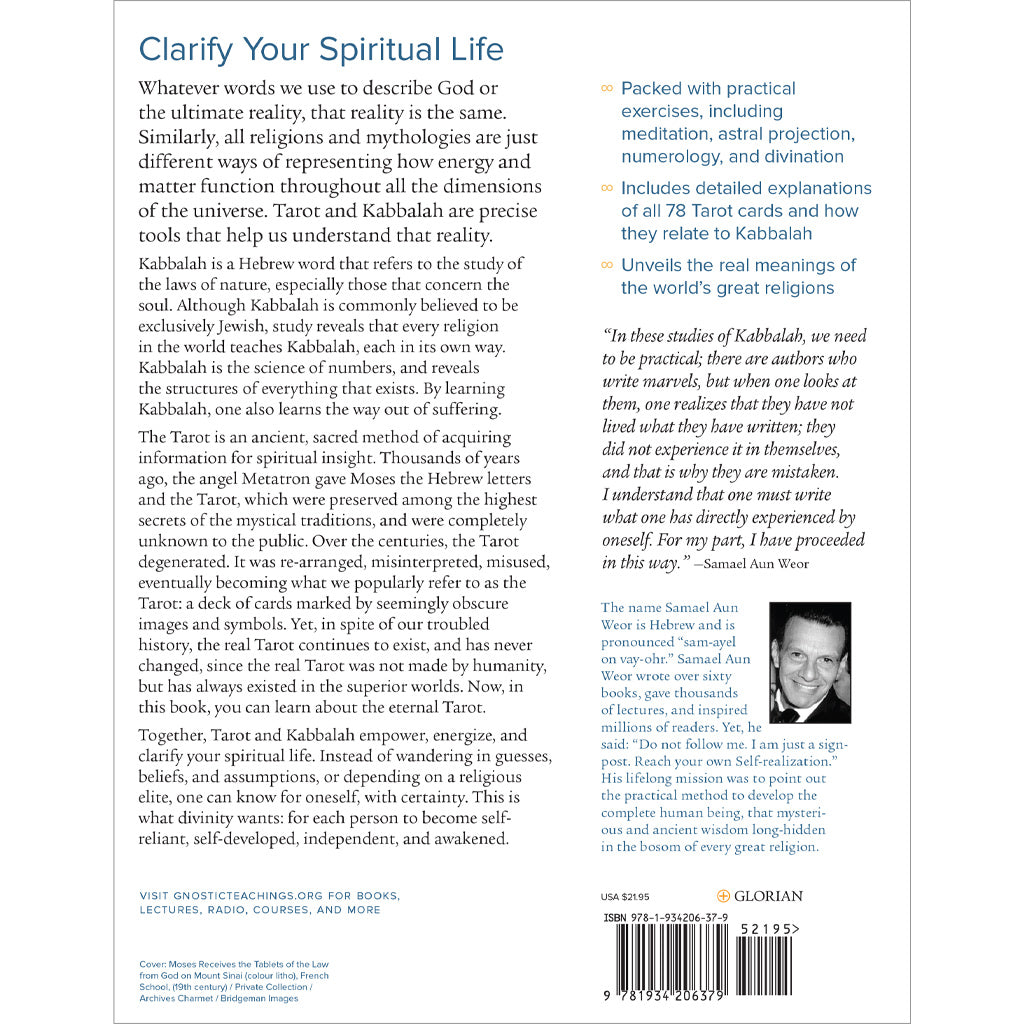
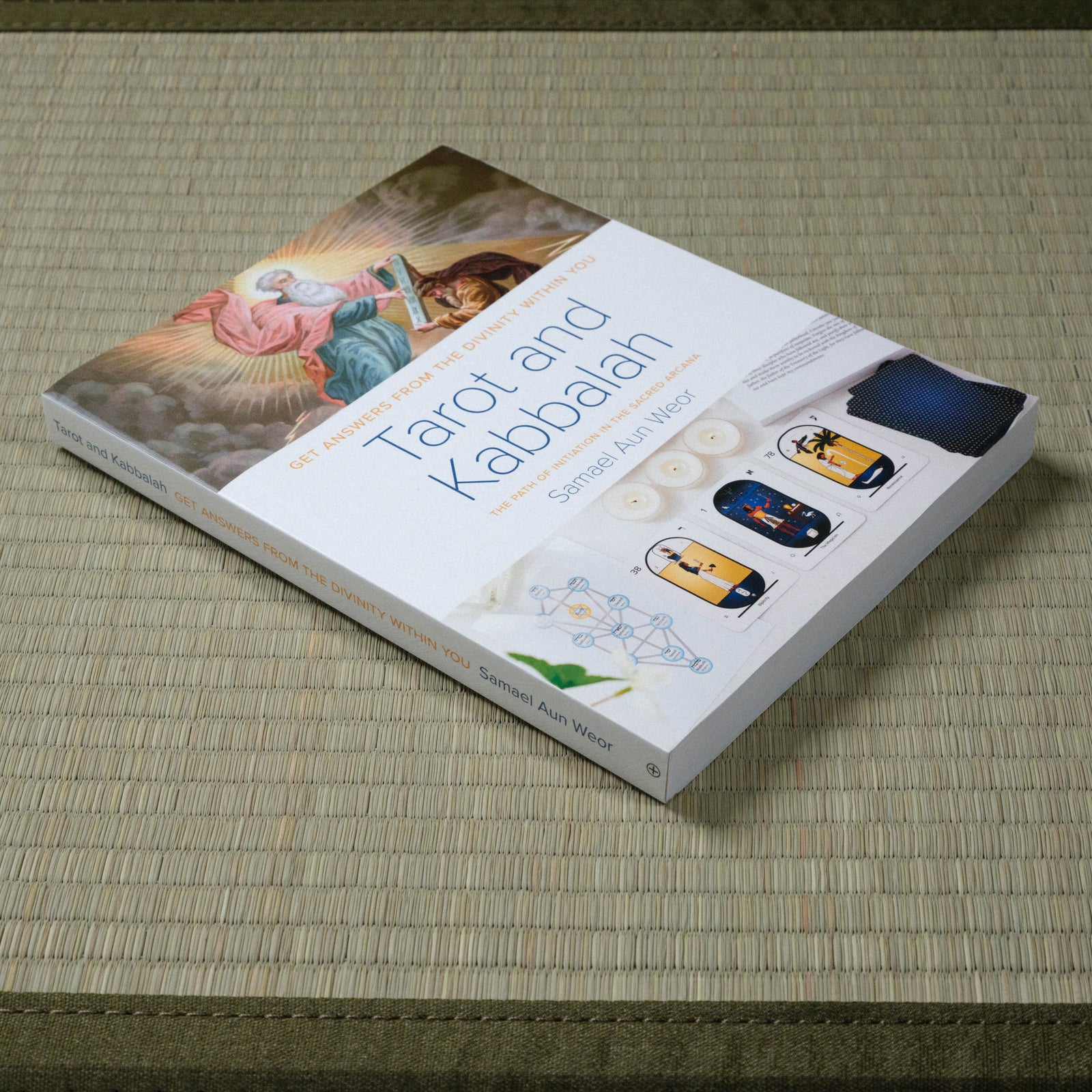
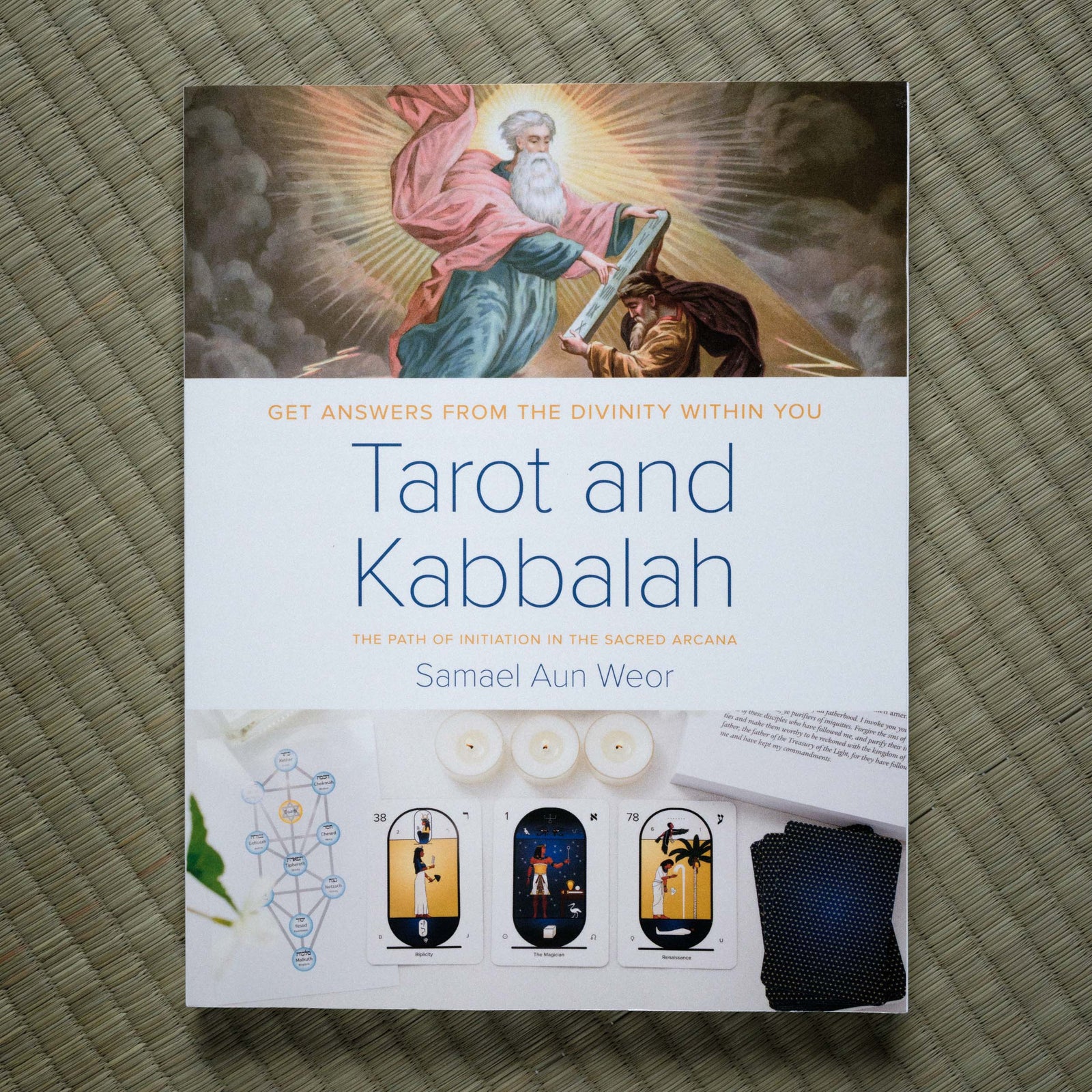
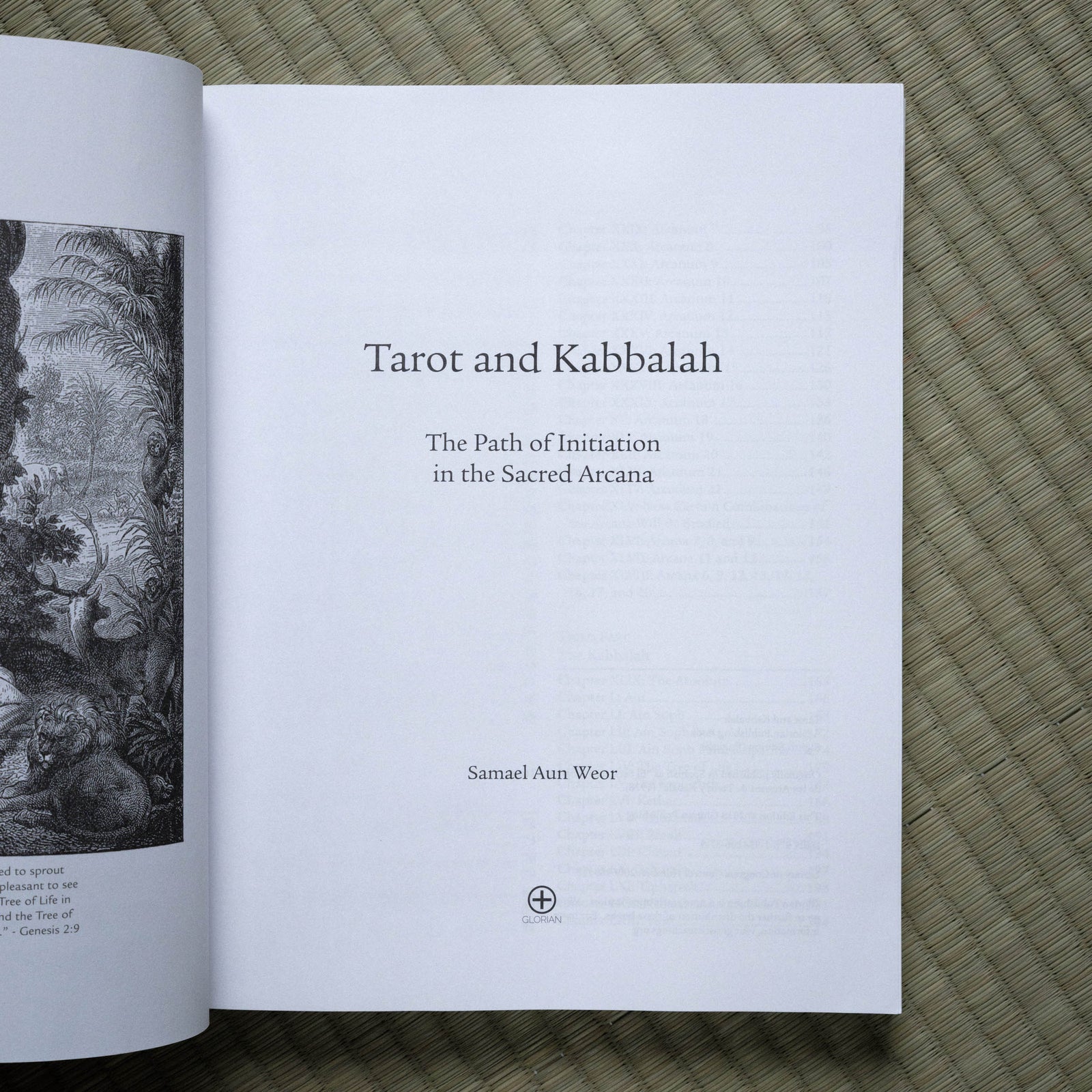
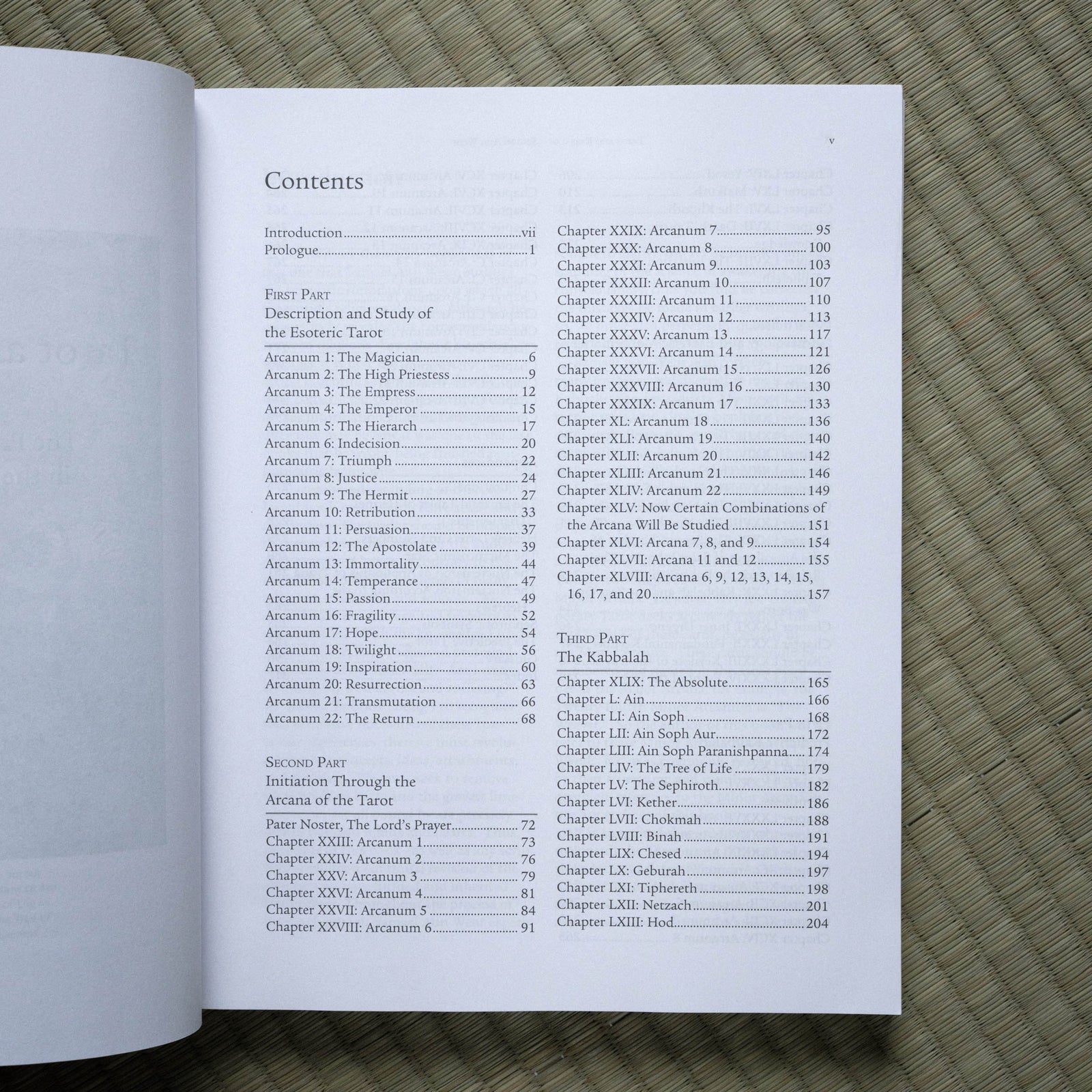
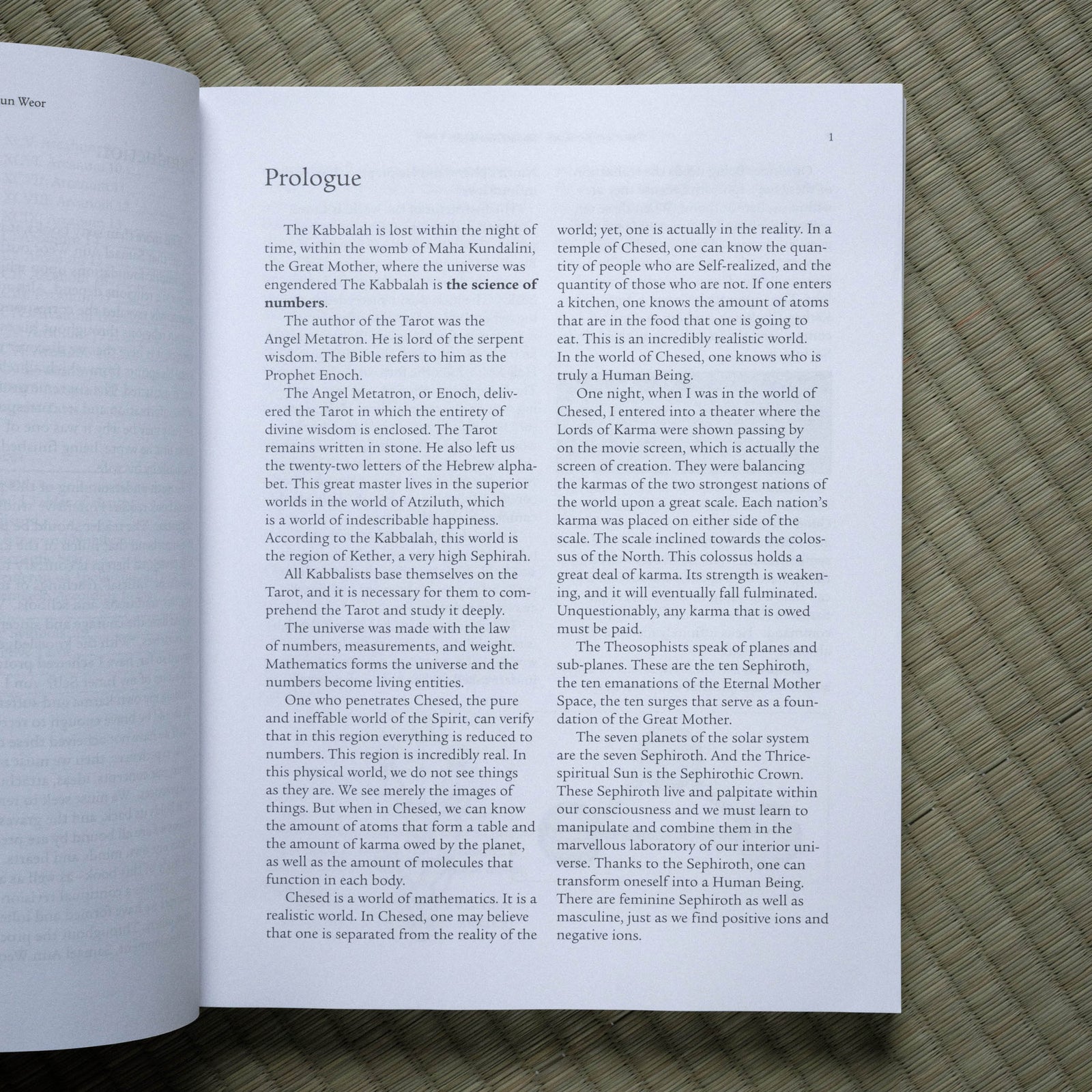
Tarot and Kabbalah
A Book by Samael Aun Weor
The Path of Initiation in the Sacred Arcana
Clarify Your Spiritual Life
Whatever words we use to describe God or the ultimate reality, that reality is the same. Similarly, all religions and mythologies are just different ways of representing how energy and matter function throughout all the dimensions of the universe. Tarot and Kabbalah are precise tools that help us understand that reality.
Kabbalah is a Hebrew word that refers to the study of the laws of nature, especially those that concern the soul. Although Kabbalah is commonly believed to be exclusively Jewish, study reveals that every religion in the world teaches Kabbalah, each in its own way. Kabbalah is the science of numbers, and reveals the structures of everything that exists. By learning Kabbalah, one also learns the way out of suffering.
The Tarot is an ancient, sacred method of acquiring information for spiritual insight. Thousands of years ago, the angel Metatron gave Moses the Hebrew letters and the Tarot, which were preserved among the highest secrets of the mystical traditions, and were completely unknown to the public. Over the centuries, the Tarot degenerated. It was re-arranged, misinterpreted, misused, eventually becoming what we popularly refer to as the Tarot: a deck of cards marked by seemingly obscure images and symbols. Yet, in spite of our troubled history, the real Tarot continues to exist, and has never changed, since the real Tarot was not made by humanity, but has always existed in the superior worlds. Now, in this book, you can learn about the eternal Tarot.
Together, Tarot and Kabbalah empower, energize, and clarify your spiritual life. Instead of wandering in guesses, beliefs, and assumptions, or depending on a religious elite, one can know for oneself, with certainty. This is what divinity wants: for each person to become self-reliant, self-developed, independent, and awakened.
- Packed with practical exercises, including meditation, astral projection, numerology, and divination
- Includes detailed explanations of all 78 Tarot cards and how they relate to Kabbalah
- Unveils the real meanings of the world’s great religions
“In these studies of Kabbalah, we need to be practical; there are authors who write marvels, but when one looks at them, one realizes that they have not lived what they have written; they did not experience it in themselves, and that is why they are mistaken. I understand that one must write what one has directly experienced by oneself. For my part, I have proceeded in this way.” —Samael Aun Weor
Details
- Paperback 7 x 9 inches
- Fully illustrated
- 368 pages
- Glossary and index

